Shanghai recently staged a modern miracle: a 7,500-tonne historic Shikumen building complex walked back to its original spot, carried by 432 tiny robots. This engineering feat, carried out in June 2025, temporarily lifted and moved the entire Huayanli complex – a cluster of 1920s–30s brick and wood Shikumen houses so that a new underground transit hub could be built beneath it. A hundred-year-old Shikumen home sits atop a wheeled platform as hundreds of crawler robots move it.
Shikumen Architecture and Zhangyuan Heritage
The Huayanli buildings are part of Shikumen architecture – a distinctly Shanghai style of the mid-19th to early 20th century. Shikumen houses combine traditional Chinese courtyard layouts with Western townhouse facades. They are typically two-story brick houses with a fortified stone archway entrance, narrow lanes, and often a small front courtyard. By the 1930s, such dense lanes housed much of Shanghai’s population. In modern Shanghai, few intact Shikumen neighbourhoods remain, making Zhangyuan particularly valuable.

Huayanli’s three buildings were built in the 1920s–30s as part of this 140-year-old Zhangyuan compound, which blends Eastern and Western design elements. The relocation project itself is framed as a way to preserve this heritage rather than demolish it. It was renovated in 2023 for four years prior to reopening as a cultural complex, with its Western-style brick facades and Chinese courtyard atmosphere. Huayanli resettlement will integrate these buildings above ground with an underground shopping mall, car park, and subway interchange that was built newly. In this way, the project seeks to combine heritage conservation with modern urban development. The renewed Zhangyuan complex will integrate above-ground historical preservation with underground modern facilities.
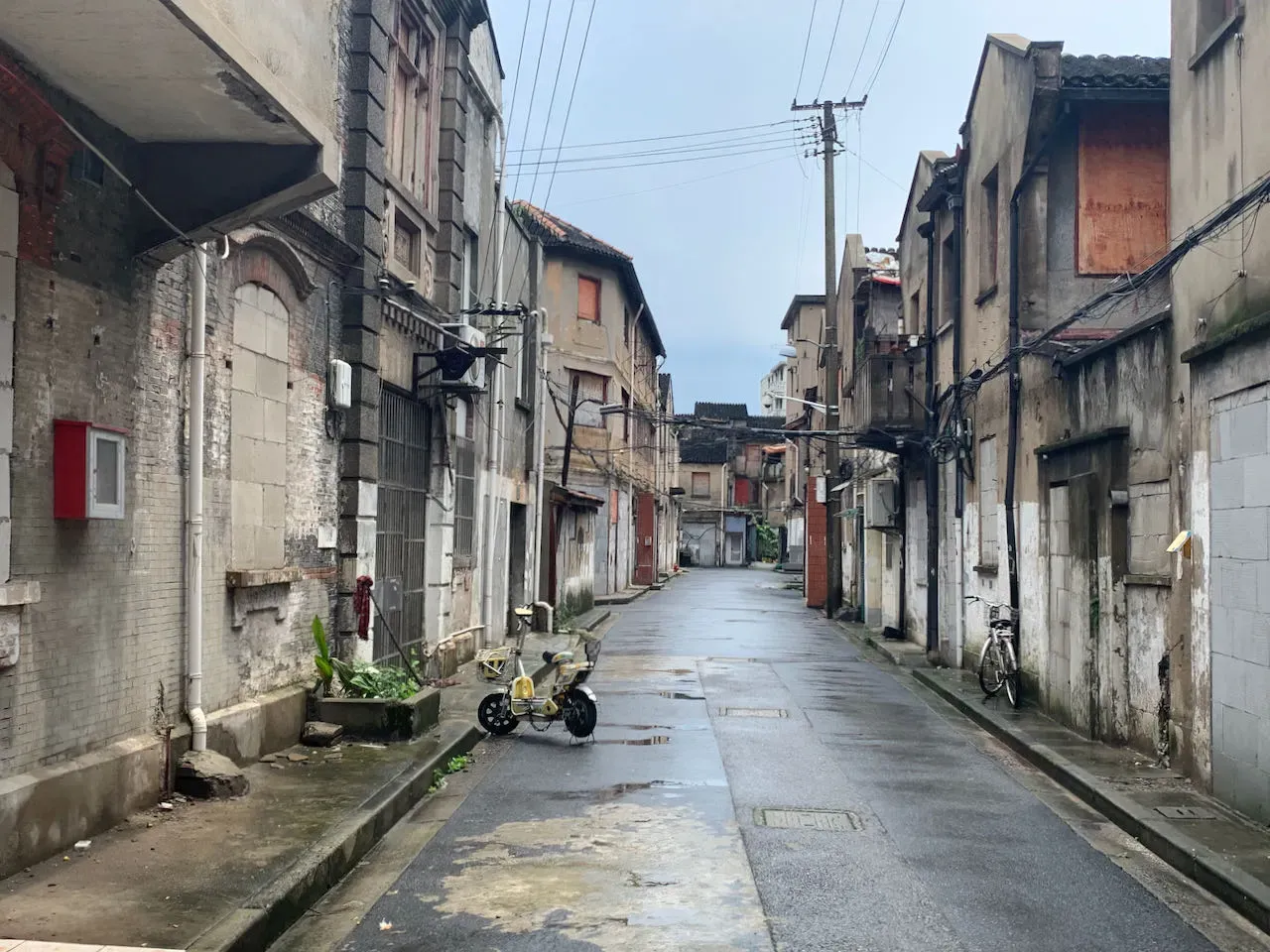
Planning a Walk: Engineering the Move
The Huayanli project was China’s biggest building relocation of its type. Hydraulic jacks or conventional cranes were impossible within Zhangyuan’s tight alleys. Engineers thus created a step-by-step approach that utilized robotics, AI, and factory-type logistics. For starters, the surveyors employed BIM and laser point-cloud scanning in order to create accurate 3D digital models of the site and buildings. Miniature drilling robots are specifically adapted to traverse the skinny tunnels. These battery-powered, wheeled robots moved through doorways as tight as 1.2 meters, drilling piles and shoring up against the historic buildings without jarring them.
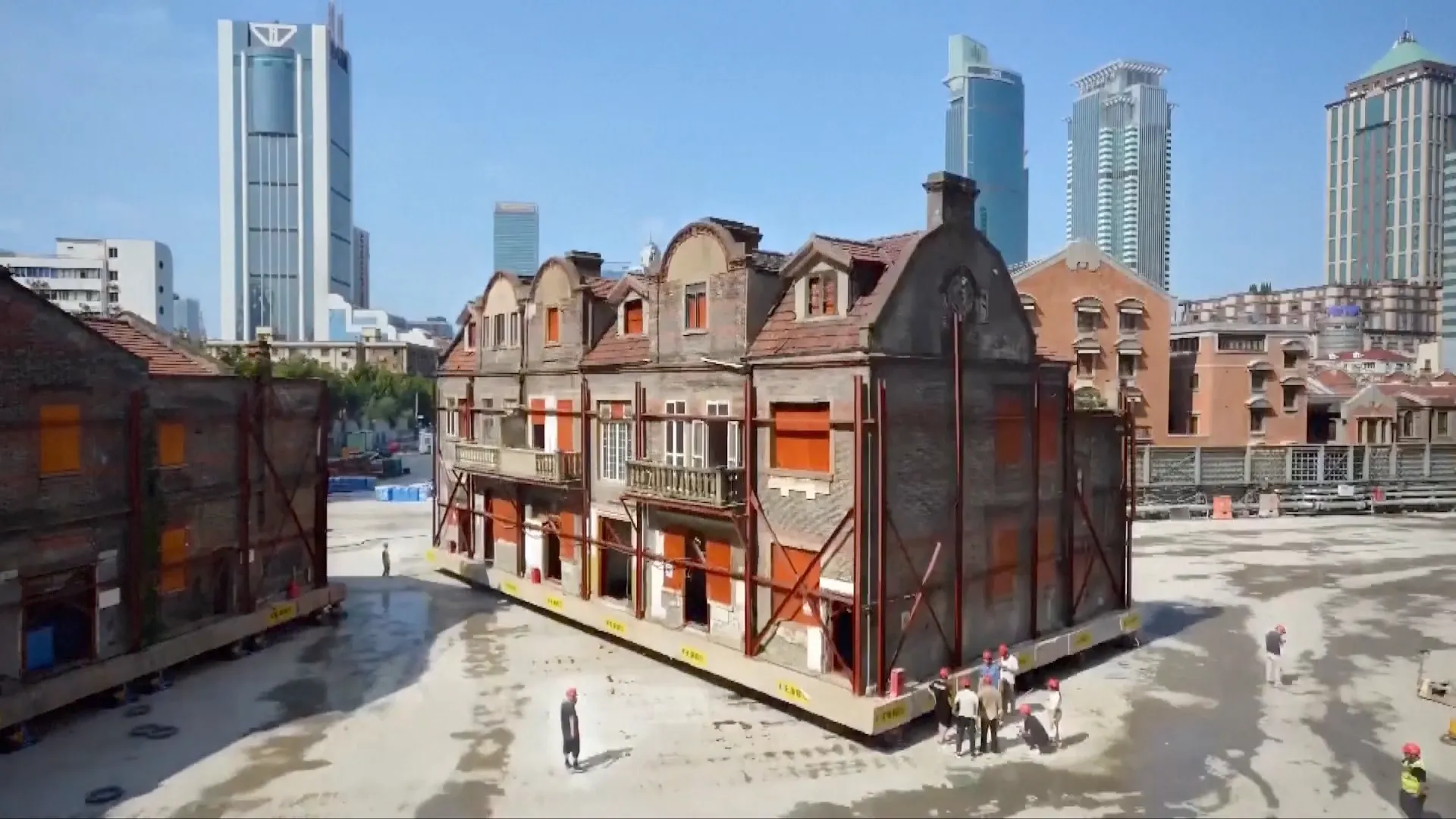

An Army of Walking Robots
Each complex had two walking robots with a small hydraulic jack on a roller or rail, which were placed beneath the supporting columns of the building. The robots incrementally jacked the buildings up a few centimetres together, crawled forward a short distance, and then jacked up again in a slow crawl motion. Under normal circumstances, the complex would move 10 meters a day on average.
The robots themselves are engineering marvels. They are small enough to fit into the palm of a human hand, yet each is strong enough to support dozens of tonnes. The complex belongs to Shanghai’s largest and most well-preserved Shikumen complexes, affirming that demolition was never an option. This way, the Huayanli relocation is being hailed as China’s biggest relocation of a historic complex on robotic legs to date. It illustrates how advanced civil engineering can be employed for the benefit of heritage preservation: dial gauges and algorithms instead of bulldozers. Looking to learn more about the involvement of robots in architecture? Check out “Parametric Workflows with Blender: Animating Robots for Digital Fabrication”, a workshop focused on parametrically driven robotic fabrications.

Technological Advances and AI
In the back end, AI and computer modelling came into play. The engineers’ BIM models enabled them to pre-simulate the move and identify clearance problems before they were designed. In addition to that, the earth-moving robots employed deep-learning methods to move around the globe. Essentially, sensors and AI enabled the robots to see through Zhangyuan’s dark, narrow alleys. Human engineers in the trailer got live video feeds from the robots and 3D projections from the BIM system. Once they’d checked everything was in place, the crew coordinated the jacks and proceeded with the scheme. It’s this fusion of human expertise and advanced technology that makes the feat so remarkable: a 100-year-old stone house moved across the country by sophisticated software and a swarm of small intelligent robots.
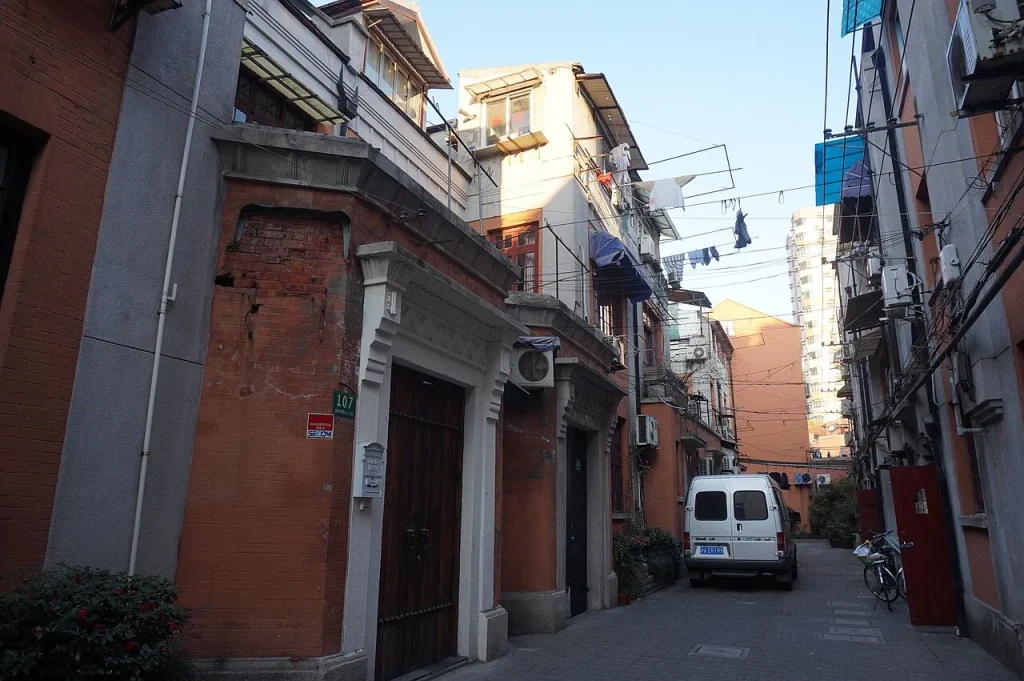
Heritage vs. Development: A Broader Context
The Huayanli relocation highlights a broader trend in China and elsewhere, balancing historic preservation with urban growth. Shanghai’s solution to relocate rather than demolish reflects increasing concern for heritage. Similar feats have been attempted globally. A local community leader captured the philosophy: the idea was to pay for the above-ground historic area redevelopment while keeping construction out of sight below.
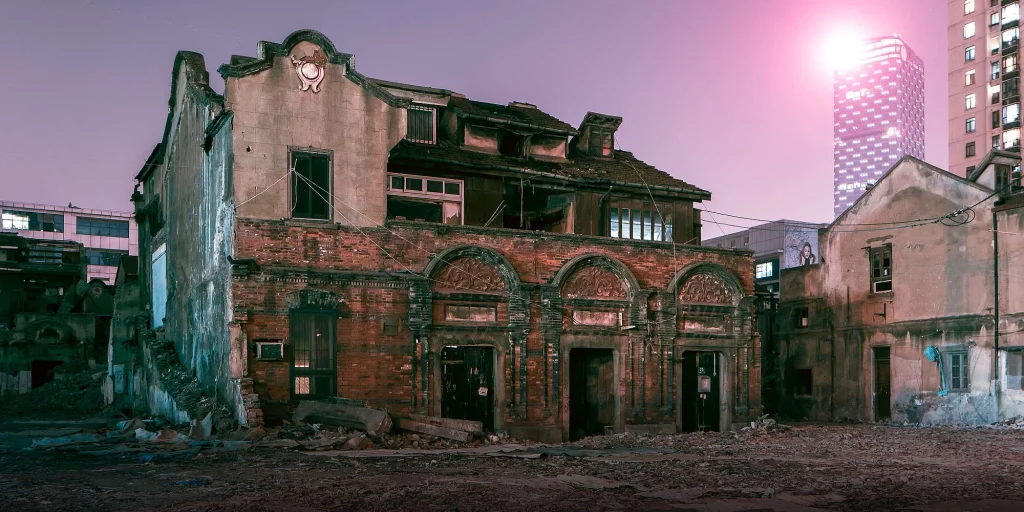
This project demonstrates how engineering ingenuity can protect, rather than sacrifice, the past amid rapid urbanization. By using a swarm of walking robots, 3D modelling, and AI, planners overcame a once-impossible challenge of moving thousands of tonnes of historic masonry through a maze of lanes. The project leaves several legacies: technologically, it advances building relocation methods and shows the power of robotics in civil engineering; socially, it reaffirms the value of Shikumen architecture, embedding it into Shanghai’s future transit hub.
As Shanghai grows and develops, Huayanli will connect the ages. At its surface, the ages of the honorable Shanghai spirit remain in brick and beam. Beneath its surface, 21st-century infrastructure buzzes along. Ultimately, the tale of Zhangyuan’s walking buildings teaches us that thick history can also move toward a new world if conceived with passion and high-tech cleverness.




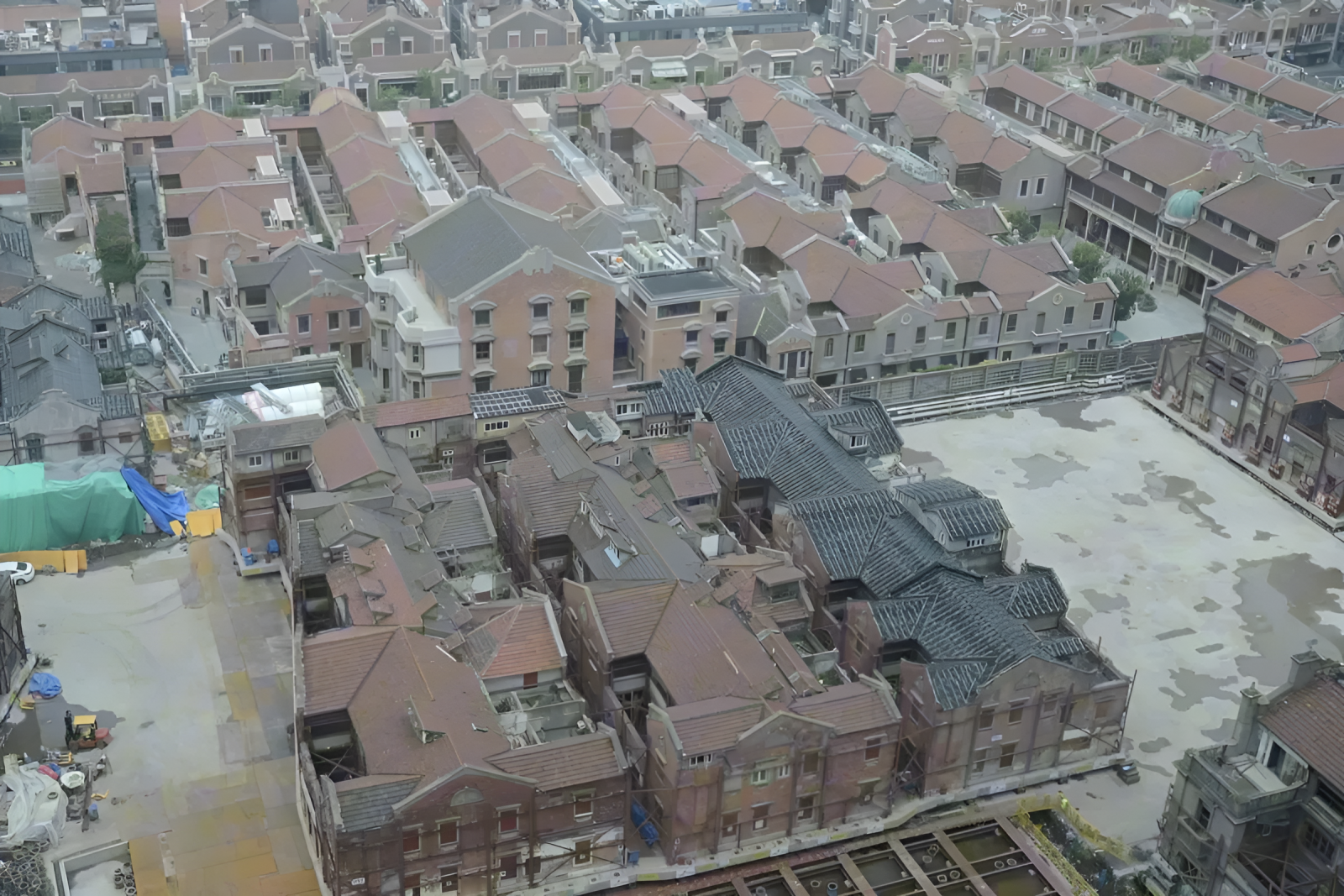










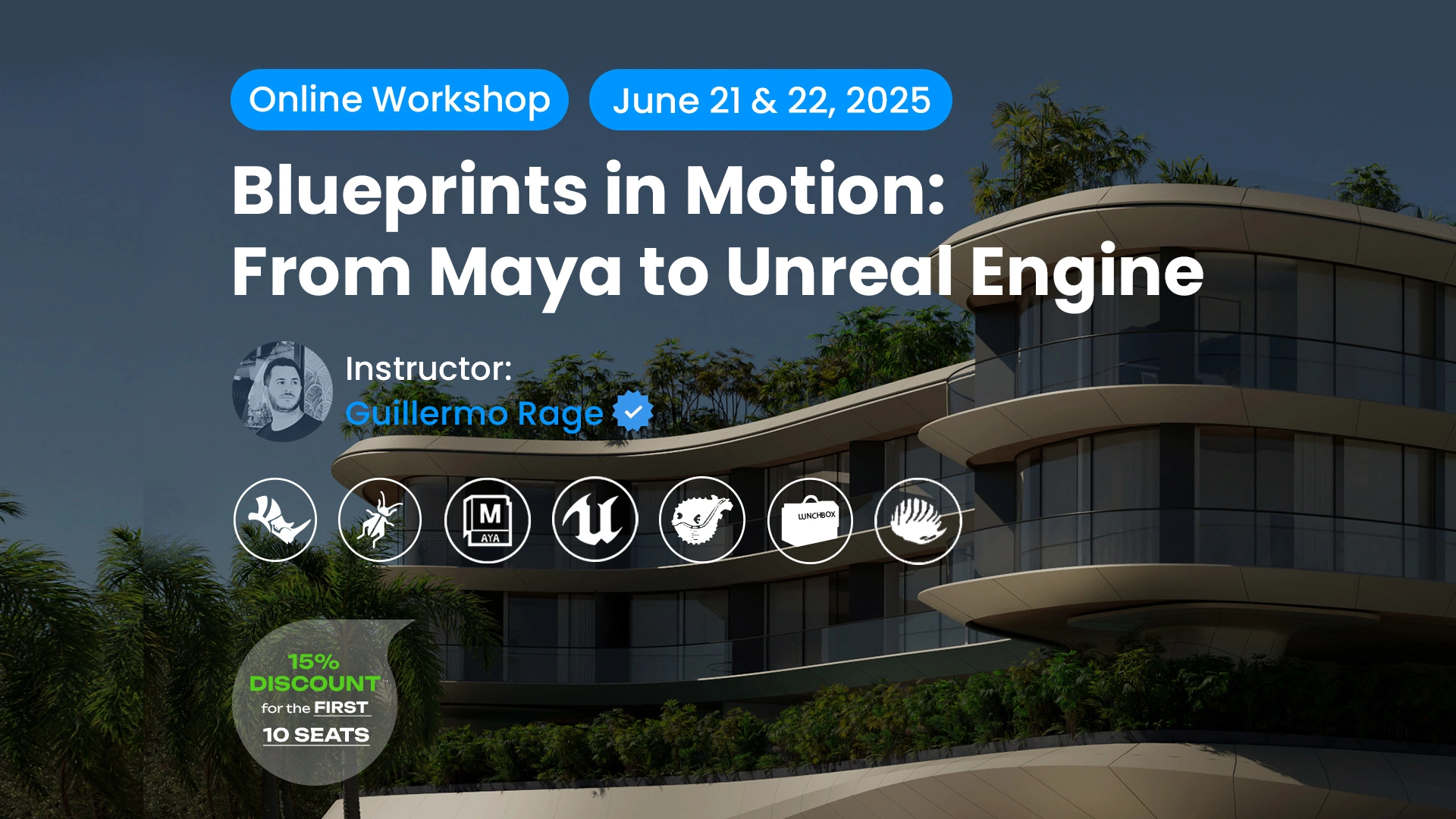












Leave a comment